A pipe locator, also known as a locating service, locates underground utility lines that may be located in the path of a planned excavation. These services are often used by contractors who are digging holes for installation, repair or removal of underground utilities.
It is a simple tool that helps you find information on the location of underground pipelines. When you have this information, you can avoid digging in areas where underground pipelines are located. Pipelines are buried below ground, and no one wants to drive over them with a backhoe, or accidentally dig into them while installing posts for a fence. With this product, you can map an area and use the coloured pipes to know exactly where those pipes are located.
Contents
Stay Clear of Buried Pipes
Trenching companies have used pipe locators for years, but they can be very expensive — often costing thousands of dollars. Fortunately, there are new, inexpensive technologies available that can help you locate those buried pipes before you start digging. One of these is called GPR (ground-penetrating radar). Other options include electromagnetic devices. With any of these technologies, it’s possible to detect lines up to 5 feet below the ground surface. You don’t even have to dig down to see what’s there — some systems can show you on a smartphone screen or computer monitor while you’re still standing above ground. If you’re planning any kind of excavation — say, for an addition or a deck — it’s essential to know what’s below the surface before you start ripping things apart. While not every house has buried water lines, it’s better to be safe than sorry. It could save your home from structural damage and thousands of dollars in repair
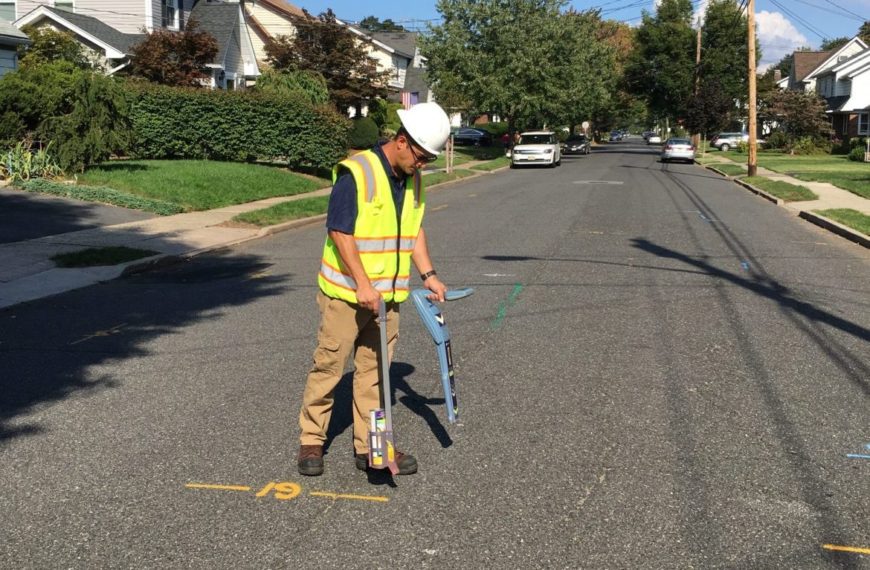
Types of Pipe Locators
Magnetic Induction (MI) locators use a transmitter to send out a magnetic pulse. The pulse is reflected by any metallic objects within range and is picked up by the receiver. The MI locator’s display shows the location of the object and gives depth information.
Magnetic Flux Locators (MFL) use electromagnetic induction to detect any significant changes in the magnetic field. This method can be effective in pinpointing water lines even when buried deep.
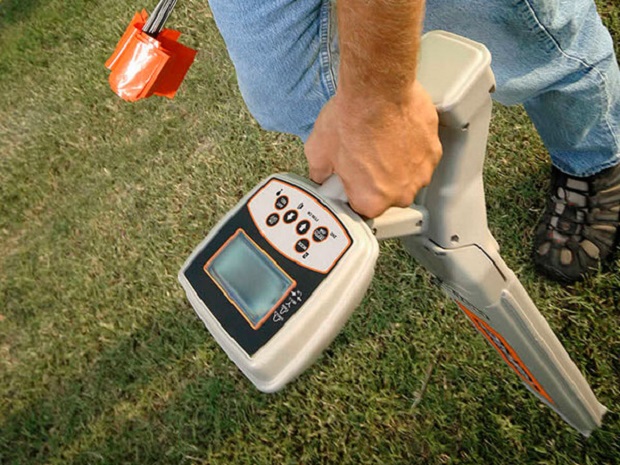
Electronic Distance Measurement (EDM) locators give accurate readings by sending electrical pulses down a wire or cable and measuring the time it takes for an echo to return. EDMs can provide depth estimates and locate objects as far away as 200 feet (61 meters).
Ultrasonic locators send out high-frequency sound waves and measure the time it takes them to bounce back off underground objects. Ultrasound detectors can offer depth estimates and locate objects up to 400 feet away (122 meters).
It Can Save a Lot of Time
A carpenter needs to know where the sewer lines are, which is why it should be easy to find out where the sewer is located on any property. When you are digging holes in your yard, you can avoid hitting anything underground by using a pipe locator. Plumbers also use this tool when they need to locate existing pipes. This can save them from having to dig unnecessarily.
The job of locating buried pipes can be done in several ways. One way to locate buried pipes is with a locator device that sends out sound waves that reflect off of objects underground and indicate their location.
A good tool will provide a map of both above-ground and below-ground obstacles, as well as water lines and other utilities.
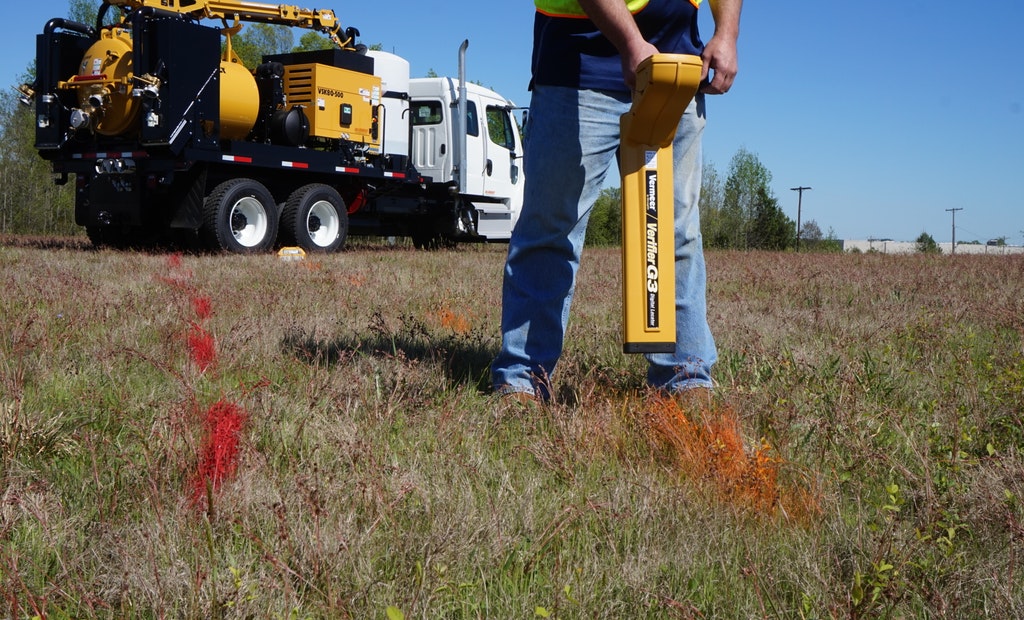
Another method of locating buried pipes is to use a magnetometer or search coil, but these devices have limited range and are not always accurate.
A professional will be able to locate the pipes without much trouble, but it may take several days depending on how elaborate the piping system is.
If you do not want to wait for the plumber, you may want to consider hiring a professional service instead.
Types of Pipes
Fibreglass pipes are usually used for drainage and venting purposes. They are available in several forms, such as rods, sheets, boards, tubes and so on. These pipes are mainly made of glass fibres and a binding medium like polyester resin or vinyl ester resin. They are very strong, lightweight and durable. Fibreglass pipes are resistant to corrosion and have high tensile strength. The property of being fire resistant makes them ideal for being used in harsh environments like under the ground. They have a high chemical resistance capacity which means that they don’t dissolve when exposed to chemicals.
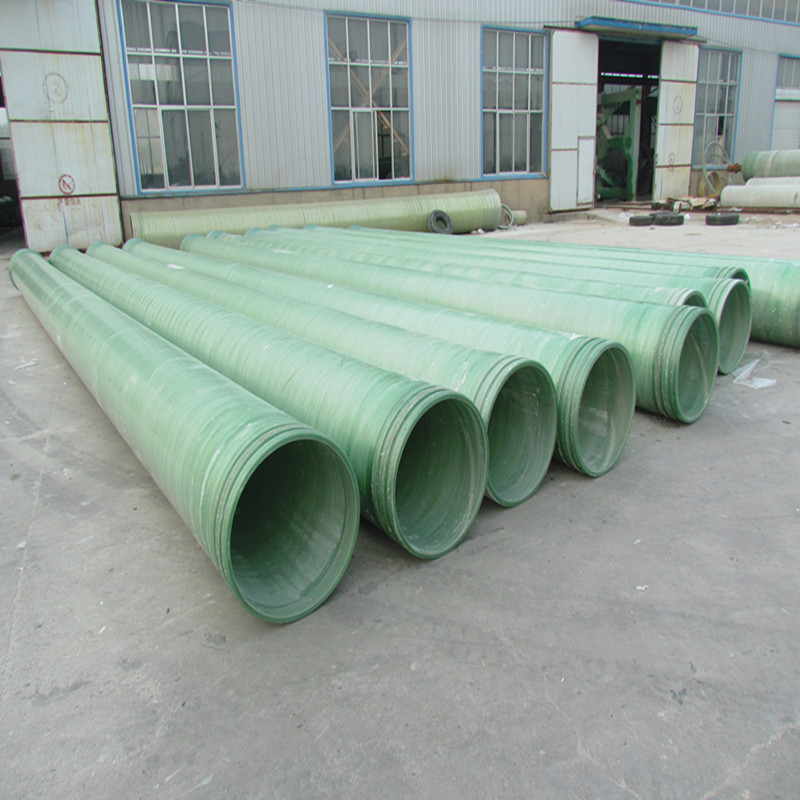
Copper pipes are the most common material found in plumbing systems in residential and commercial buildings. They are usually available in three different grades, or alloys: Types M, L and K. Type L is the most commonly used type of copper pipe. These pipes are most often used for water supply lines and drains.
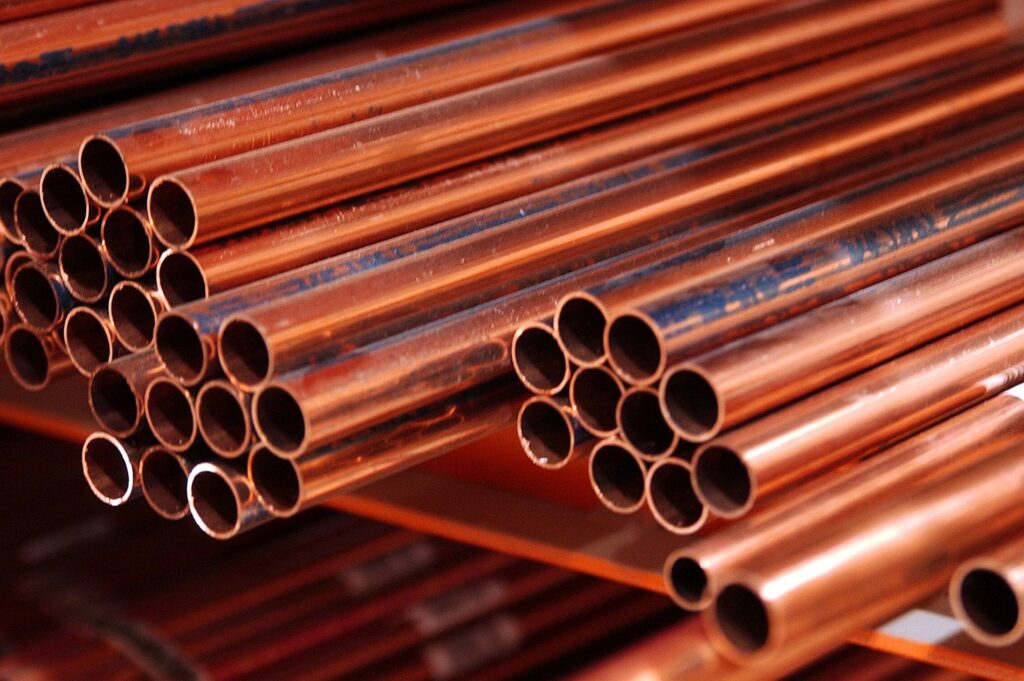
Type M is a newer grade of copper that has greater corrosion resistance than type L. It is primarily used for gas lines and less often for water supply and drain lines. Type K is also a newer grade, but it isn’t as corrosion resistant as Type M, so it isn’t generally used in outside applications.
Plastic pipes are flexible and durable, making them a popular option for use in plumbing systems. These pipes are usually less expensive than their metal counterparts, making them more cost-effective for residential construction projects. They are also more environmentally friendly because they don’t rust or corrode.
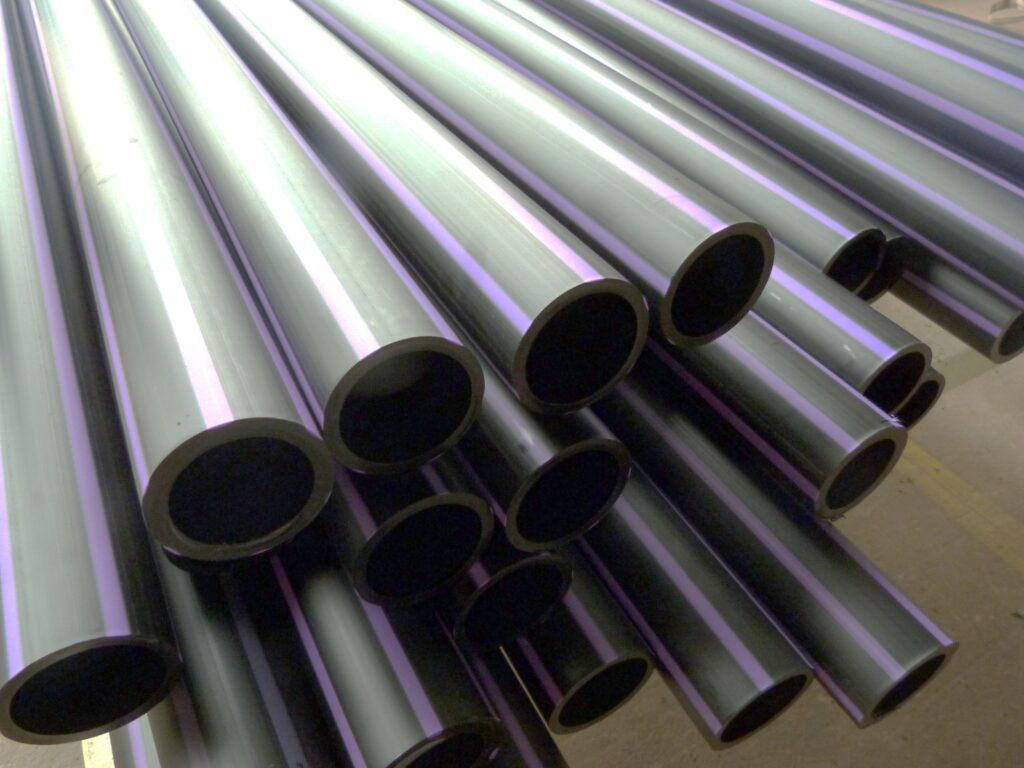
Tubing and Fittings
The most common types of plastic piping systems include tubing and fittings. Tubing is long, hollow plastic used to connect multiple fixtures. It is not meant to support the weight of the structures above it. Plastic tubing is made of either PVC or CPVC, both of which have excellent resistance to water and chemicals. Tubing is typically connected with plastic pipe fittings such as elbows, tees or couplings that allow for movement in the system without causing leaks or breaks in the line. These fittings come in a variety of styles depending on your application needs.











